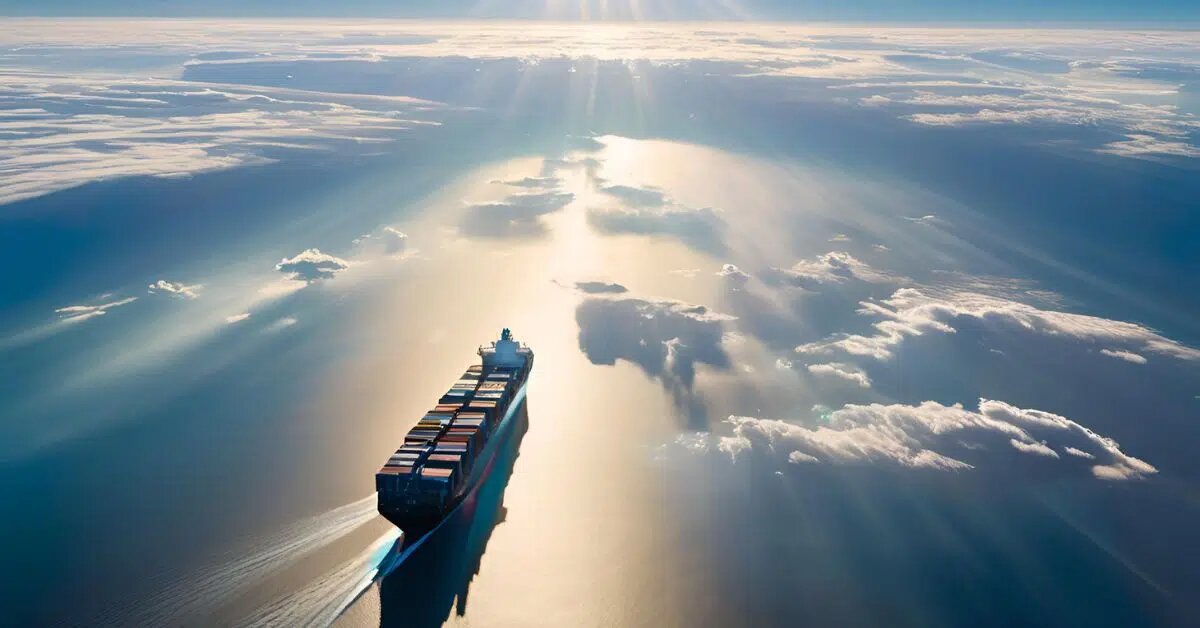By Stuart Nicoll (MSI) – With data for activity in the global shipbuilding industry now available for 2024, MSI estimates that global newbuilding contracting for all ship types was 133m GT, with a more even spread among the main sectors than in recent years.
Collation of the latest data couldn’t have been better timed, given the recent release of the United States Trade Representative (USTR) report on China, which outlined proposals to undermine Chinese shipbuilding, while raising cash to boost the US industry.
Whatever the rationality of the politics, the latest data couldn’t really be any /worse from China’s point of view. Domination of the global shipbuilding industry is confirmed. This is great news in terms of the success of the Chinese industry but less positive in terms of the optics of increasing monopolisation.
As the chartbelow shows, the final outturn is impressive. China secured 98m GT of orders last year, just shy of three-quarters of the total. It accounted for a majority of orders in most sectors. For containerships the share was 83%, with Korea accounting for 13%. For oil and chemical tankers, the split is 76% China and Korea 16%. In dry bulk carriers, Japan takes the distant second place with 19%, lagging the 78% accounted for by China.
Things are more evenly matched for gas carriers where China and Korea took 48% and 50% respectively. The greatest concentration is in car carriers with 85% to China. And finally, for other ship types things are a bit more nuanced. Europe remains top dog for Cruise ships, for instance.
The current position could ultimately be a high-water mark for China, but even with tariffs the US is unlikely to be challenging for top position any time soon. It has been suggested that, based on existing calls by Chinese-built ships in the US, the proposed tax would raise more than $40 Bn per year to subsidise the US industry.
If all the revenue raised were deployed in this way, it would arguably be the biggest subsidy programme of all time, which is slightly ironic given it is being levied in response to perceived market distortion due to subsidies. It would also be fair game for action via the World Trade Organisation and provide something of a headache for the OECD’s Working Party Six, which promotes fair competition in shipbuilding.
Has the global orderbook peaked following the latest flurry? One swallow doesn’t make a summer, but evidence from the first quarter suggests the newbuilding boom could be stuttering to a close. The chart below shows ordering in Jan-Mar for last eleven years.
Though data for 2025 may be revised up, things have slowed. Excluding containerships, this is the lowest first two months since 2017. Disruption is generally kind to shipping companies’ bottom lines, but with unprecedented political turmoil among the Western alliance of North America and Europe and tumbling stock markets, even bullish shipowners might want to pause to see where the chaos is going to take us.
Certainly, new ships are leaving the orderbook and being added to the world’s fleet at an impressive clip. MSI estimates that 69m GT was delivered in 2024, the highest level since 2012. Korean output was steady, Japanese declined, while Chinese shipbuilders found several new gears to accelerate into the distance, like a middle distance runner who kicks on the final bend leaving tiring fellow athletes for dead.
Looking at the next five years we anticipate that deliveries will peak in 2027 at close to 90m GT. This is short of the 99 Mn GT added in 2011, but not by much, and represents an astounding turnaround from activity that bottomed out at just 53m GT in 2022.
China will dominate these deliveries, but when the next wave of contracting takes place at the end of the decade, the winners and losers will be less easy to predict than once seemed the case. Certainly for now we have not adjusted our forecast for shipbuilding capacity by /region until there is more clarity.
So where does the industry go next? The impact of US taxes on operators of Chinese-built ships will not be clear for some time, and ultimately, the implications will be sector-specific, so a mass exodus from building in China is unlikely to occur.
In addition, a ship ordered now could be delivered after the next US president takes office and their position is unknowable, though it should be stressed that the proposal for tariffs on Chinese-built ships is not a Trumpian shock tactic, but something that was also likely to have also been enacted by the Democrats had they won the election.






